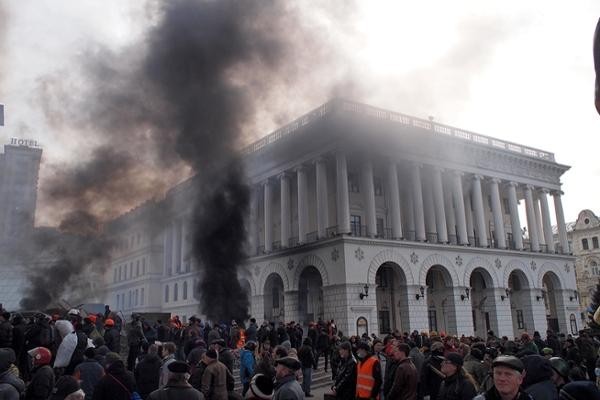DAHLONEGA - Ukrainian President Viktor Yanukovych's decision not to join the European Union sparked protests that reached a boiling point on Feb. 21, resulting in several deaths and the departure of Yanukovych, who went into hiding.
Dr. Martin Blackwell, an associate professor of history at the University of North Georgia, talks about the situation and what the future holds for the former Soviet republic.
*What led to the overthrow of Ukraine's president?
Protesters took to the streets of Kiev in November when Yanukovych declined European Union membership and signed an agreement with Russia for loans and continued access to discounted Russian-owned energy. The protesters were met by riot police, and Kiev's main independence square, Maidan Nezalezhnosti, was surrounded by barricades. The three months of peaceful protests that followed involved many groups against Yanukovych's corrupt regime.
Unrest spread across Ukraine, especially in the ethnically Ukrainian western and central regions, until mid-February when weapons were seized from police in the western city of L'viv. On the morning of Feb. 21, some 75 protesters
Wednesday
August 27th, 2025
12:22PM









